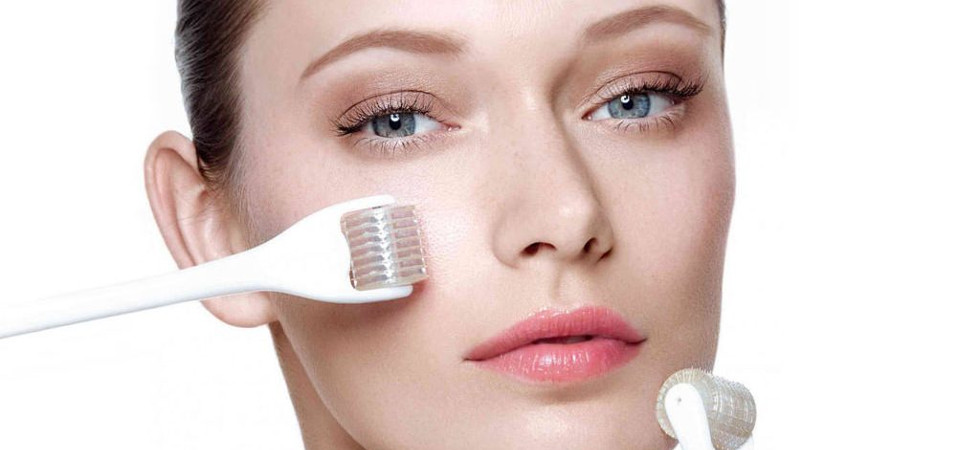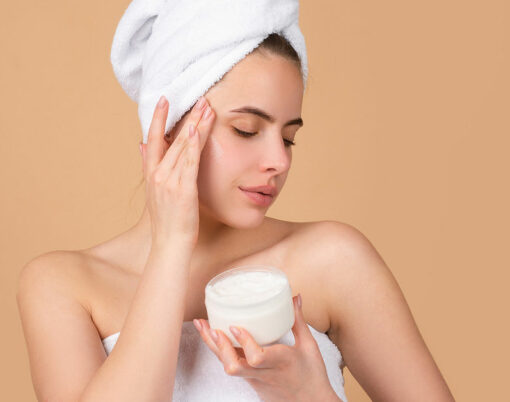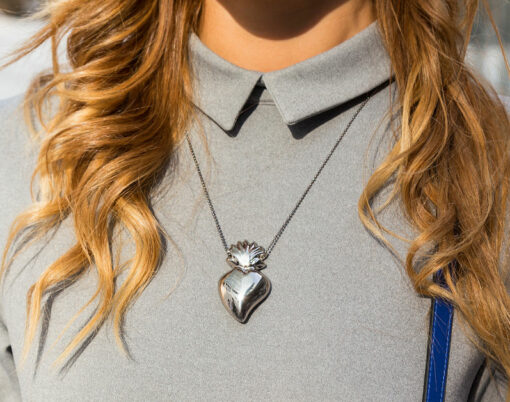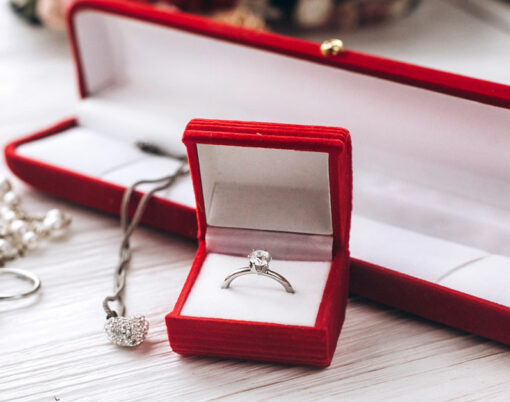Dermarollers, the skin needling treatment which allows a cylindrical drum, studded with micro-needs to be rolled onto the skin has quickly become one of the most popular skincare treatments for women, including celebrities all over the world. This new type of facial will reduce wrinkles, acne, pigmentation and dark circles.
With many opting for this over more traditional treatments such as chemical peels, derma rolling – which originally stemmed from professional skincare clinics – is becoming increasingly more common as a ‘do it yourself’ job. At home dermarollers are now available to buy from many beauty outlets.
Whether you opt to get it done professionally or do it yourself, there are a few things you should know before going under the roller. Leading British aesthetic doctor and owner of Milo Clinic, Nick Milojevic tells of the seven things you need to know before diving in.
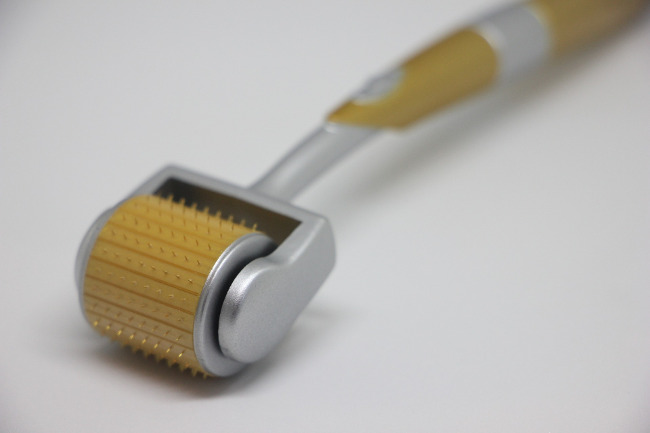
Do your research
Before you book a derma roll treatment, make sure you know exactly what it is and what the treatment is used for. Many women jump at the chance of having these types of buzzy treatments but don’t actually know of the benefits. The therapy using Medical dermaroller is done with the advanced micro-needling, a procedure that stimulates skin to renew and heal itself in a natural and safe way, and the result is the smooth, glowing and healthy skin having the rejuvenated look.
Decide between professional or DIY job
Many opt for DIY derma roller jobs and purchase their own roller to use in the comfort of their own home, this is fine to do, however for your first experience of derma rolling it may be worth visiting a professional skin clinic like Milo Clinic or Zapp Laser Studio in Bristol where you can be advised on this treatment and have your skin initially assessed by a doctor.
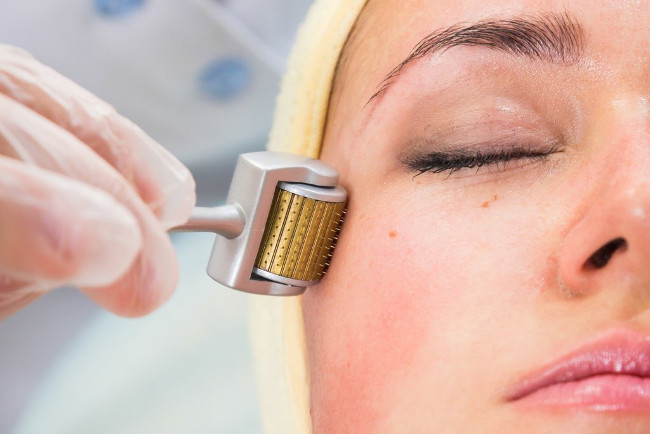
Find the right clinic and practitioner for you
Once you know you want to go down the derma route, you will want to do your research into clinics and doctors to ensure you are going with the right one. It’s also important not to take the cheap option, many beauty salons offer derma rollers however the staff are usually not qualified to perform such procedures and may also use cheap derma stamps, so tread with caution when choosing a practitioner.
Know your skin type
Derma rolling is not for the faint-hearted and not usually advised for those with sensitive skin. Whilst it’s fine to get this procedure done for all skin types, you may want to ensure your skin won’t have any kind of reaction to the needles. You may want to start off with smaller needles initially and build it up depending on how many sessions you get.
Choose appropriate needle length
When it comes to derma rolling, knowing the benefits of each needle length and types is imperative. This is another reason visiting a professional might be more beneficial as they can advise the best length for you. Different lengths target different skin issues such as enlarged pores, wrinkles and sun-damage.
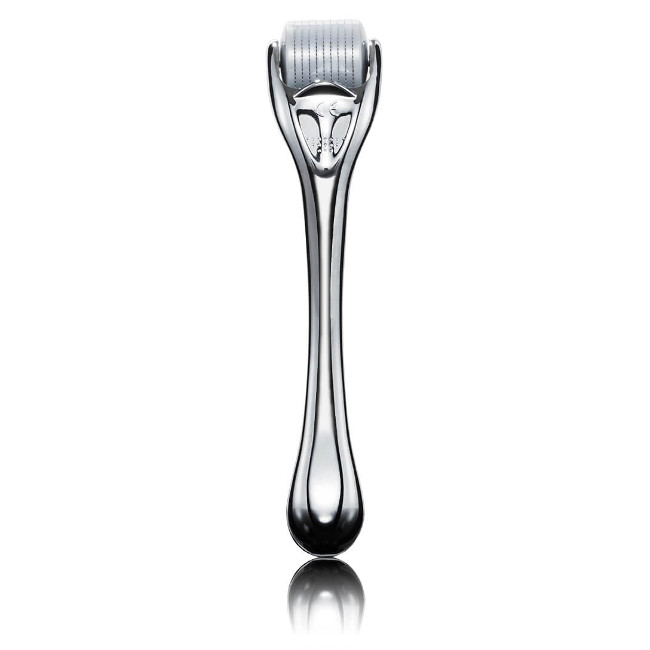
Know the benefits and downtime
Before you dive into the world of derma rolling you may want to do some research into the procedure and the benefits to ensure it will have the desired effect. You also need to understand that this procedure is not for the squeamish and depending on needle length and intensity can cause the skin to bleed (see Kim Kardashian: vampire facial) so you will want to make sure you know exactly what the procedure entails and its benefits. In terms of the downtime, the reaction to the skin is quite short and fades within hours from redness to a light pink that usually lasts for one to two days, this also depends on your skin type and pigments.
Word of mouth
When it comes to trying new treatments, there’s nothing better than asking a friend or professional about the treatment to get an honest opinion on whether it’s for you. A friend or perhaps someone from an online forum who has had it done previously can also recommend a doctor and clinic which will give you peace of mind.












